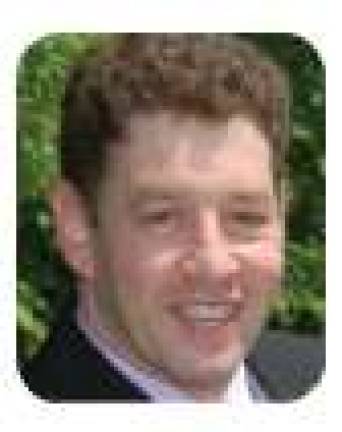Etan Patz and Growing Up in NYC

The city was less safe then, but parents were also less protective The name Etan Patz conjures up so much for so many in New York City. If you're under 30, it is likely to draw a blank stare, but for many others it's different, particularly if you were growing up in the city around 1979, when Patz, a 6-year-old Soho boy, disappeared on his first solo trip to school. "Mom used to say, 'You'll end up like Etan Patz and no one will ever see you again' when I walked too far ahead in NYC as a kid,'" @AlexSalta wrote on Twitter last week. "It worked." Patz was a trending topic this week and last as investigators went back to a Soho basement to dig for clues with a new suspect in the case. It's the kind of story that grips you every time it resurfaces, although it probably didn't change behaviors as much as people think. Peggy Schneider, naturally, was thinking about Patz this week, since she was in middle school in Manhattan when the boy disappeared-but then again, she thinks about Patz and his parents a lot. "I can still see his smiling face; I have probably thought about it once a month for my entire life," she said in a phone interview. Her friend was Patz' babysitter, so she had a personal connection, but even that was not enough to change her habits. She still traveled the city on her own as a young teen. So did I and most of my friends. The city was less safe in the '80s, yet many parents then were much less protective than they are now. Columnist Lenore Skenazy got a lot of mileage a few years ago when she wrote about letting her 9-year-old son ride the subway alone, and has since expanded the column into a movement to promote raising "Free-Range Kids." Her column would never have drawn the uproar 30 years ago that it did in 2008. I was a few years older than Skenazy's son when I began riding the subway with a friend, but around the 3rd grade, I began walking to school alone-of course, that simply involved crossing a street that my parents could see from our window. My friends and I would play ball after school with other neighborhood kids, and we managed to do it without refs or adult supervision. Still, I didn't have to cross any streets to get to the concrete "field," and I know things will be different when my son reaches the age when we have to start making these impossible decisions. There is a lot to be said for letting kids figure it out for themselves, but the rub is deciding when to do it and how much to let go. Schneider's youngest sister, Zoe, 40, is a year older than Patz would be today. She doesn't remember being reigned in much growing up, but somewhere between then and now, city parents began tightening the leashes for better and, perhaps, for worse. She may be more tapped into this generation of New Yorkers than anyone; she is the organizer of Magic Garden, a large monthly party for people who grew up in the city, giving them a chance to meet people who don't ask, "What was that like?" She used to come home late at night from babysitting gigs when she was young, but her immediate neighborhood in Tudor City was shielded from cars. Now in Harlem, she said "it is really scary" to think about her children someday walking by themselves near so much traffic. "Babysitting at age 9 is crazy, but it was what it was," she said. "It all worked out and everyone made it through." Not that parents didn't worry quietly. Mine are fuzzy about how Patz affected their thinking, but my mother does remember me taking the train to high school in the Bronx. It wasn't all that long after Patz disappeared. "I always say I spent four years looking out the window," she told me. Josh Rogers, contributing editor at Manhattan Media, is a lifelong New Yorker. Follow him @JoshRogersNYC.